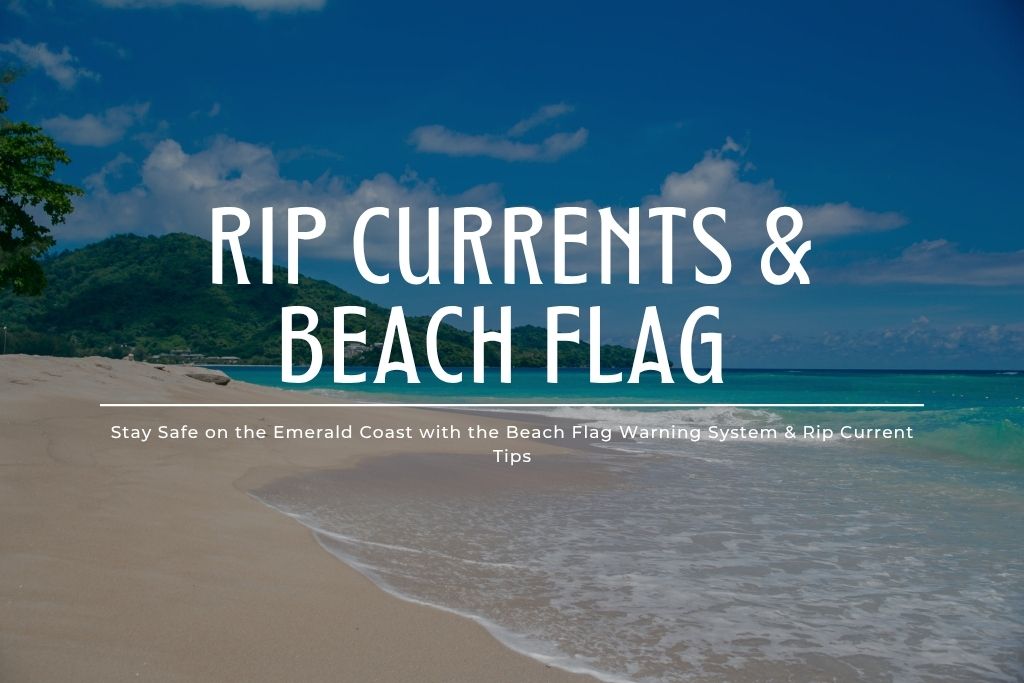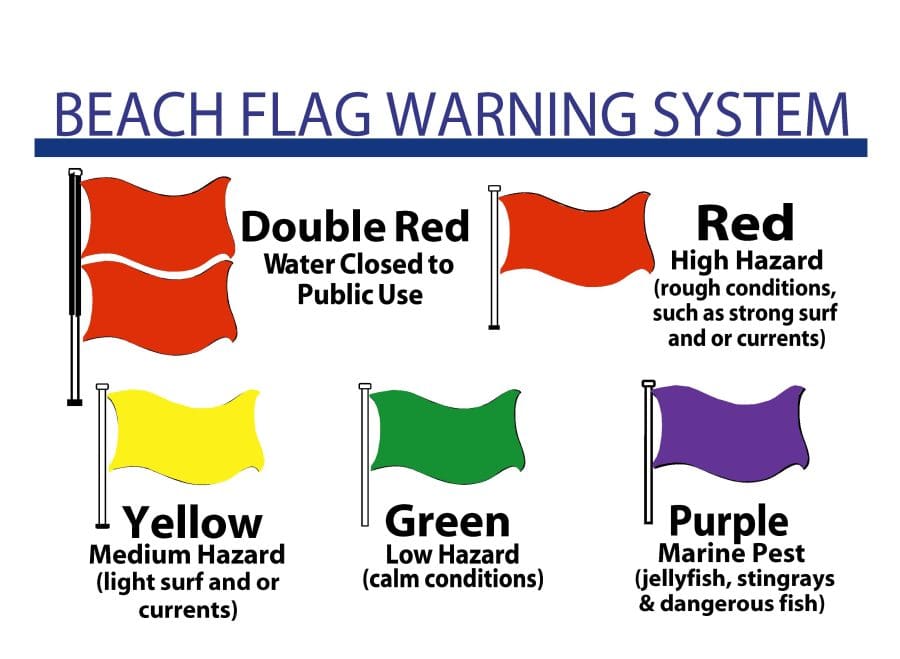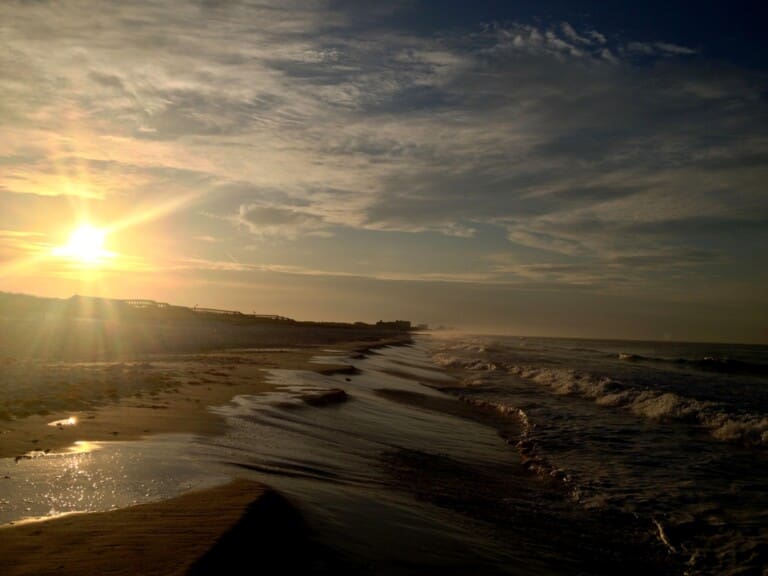Know Before You Go: Rip Currents & Beach Flag Warnings on the Emerald Coast

|
Beach Condos In Destin Vacation Blog
Getting your Trinity Audio player ready...
|
If you’ve ever felt the Gulf waters tug a little harder than usual, you might’ve experienced the beginnings of a rip current. Along Florida’s stunning Emerald Coast—where the sugar-white sands meet emerald-green waters—rip currents remain a serious threat, especially in Okaloosa and Walton counties. In fact, they are the #1 weather-related killer on the northern Gulf Coast.
Whether you’re a first-time visitor or a seasoned beachgoer, understanding how to read beach warning flags and recognize rip current dangers can make the difference between a day of fun and a call to emergency services. Let’s dive into what you need to know.
🌪️ What Are Rip Currents?
Rip currents are powerful, narrow channels of fast-moving water that flow from the shore out to sea. They often form near breaks in sandbars or near jetties and piers. These currents can move as fast as eight feet per second—faster than an Olympic swimmer.
They don’t pull people under the water (that’s a common myth), but they do pull you away from shore, which can lead to panic, exhaustion, and drowning if not handled correctly.

🚩 Florida’s Beach Flag Warning System
To help protect beachgoers, Florida uses a color-coded Beach Flag Warning System. This system is posted daily at public beach accesses and is especially important on the Emerald Coast where conditions can change quickly.
Here’s what the flags mean:
- 🟥 Double Red Flag: Water closed to the public. Extremely dangerous conditions, usually due to strong rip currents.
- 🟥 Red Flag: High hazard. Strong surf and/or strong rip currents—swimming is not advised.
- 🟨 Yellow Flag: Medium hazard. Moderate surf or currents—use caution if entering the water.
- 🟩 Green Flag: Low hazard. Calm conditions, but always stay alert.
- 🟪 Purple Flag: Dangerous marine life spotted. Think jellyfish or stingrays.
💡 Pro tip: A double red flag means it is illegal to enter the Gulf waters—violating this could result in a hefty fine.
⛑️ What To Do If You’re Caught in a Rip Current
If you find yourself being pulled out to sea, follow these steps:
- Don’t panic. Keep calm and conserve your energy.
- Don’t swim against the current. You won’t win.
- Swim parallel to the shore until you’re out of the current, then head back to the beach at an angle.
- Float or tread water if you can’t escape—rip currents don’t last forever.
- Wave and yell for help to alert lifeguards or others on shore.

📲 Stay Informed Before You Go
Before heading to the beach:
- Check the flag status online or via local apps like the “Destin-Fort Walton Beach” app or Walton County Sheriff Beach Safety updates.
- Text BEACH to the number 44144 for daily updates of the beach.
- Look for flagpoles at public beach entrances or check with your condo, resort, or vacation rental host for daily conditions.
- Heed all warnings—even experienced swimmers can be caught off guard by rip currents.
🏖️ Beach Safety Is a Shared Responsibility
At Beach Condos in Destin, we want all our guests to have the time of their lives on the Gulf—but we also want you to go home safe and sun-kissed. Knowing what beach flags mean and how to handle a rip current could save your life—or someone else’s.
So next time you head to the beach, look up, read the flags, and know before you go.






